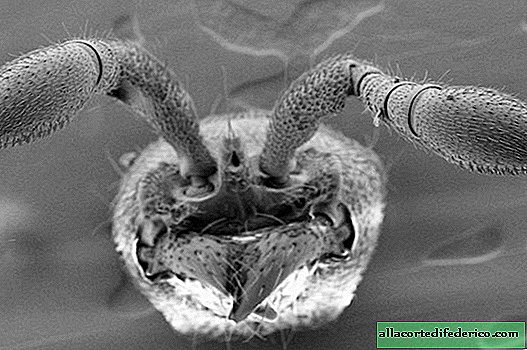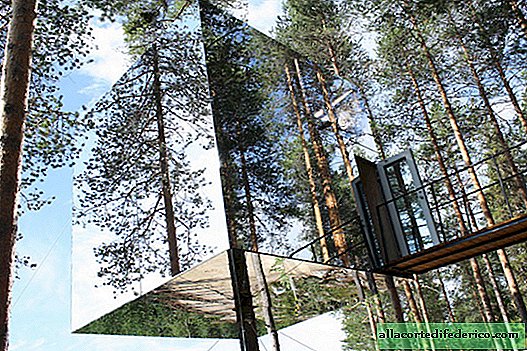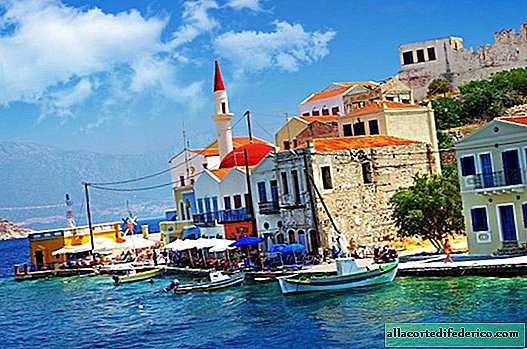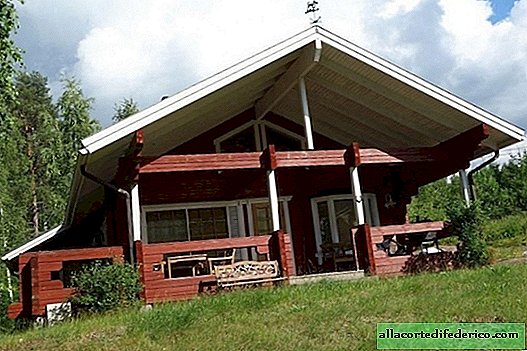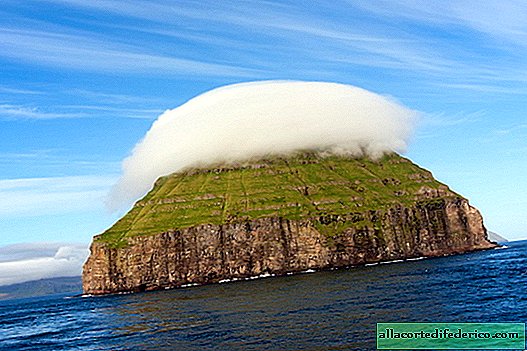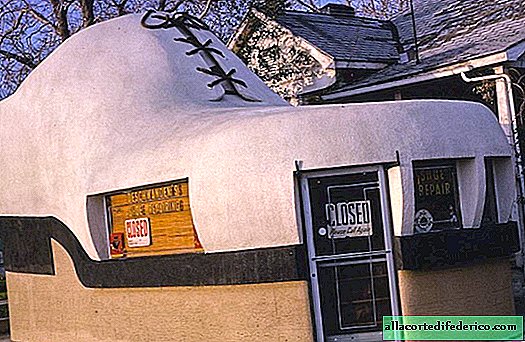What happened after the fall of the asteroid that killed the dinosaurs
About 66 million years ago, a huge asteroid fell to Earth. He landed right on the North American continent, leaving behind a large crater on the Yucatan Peninsula in the Gulf of Mexico. Today, almost all scientists agree that it was this "hello from space" that killed the dinosaurs - the most magnificent and large creatures that have ever walked on our planet. And gave impetus to the development of mammals and other animal species that still own the Earth. But what happened in the first days, months, years after the asteroid swept through the sky with a bright stroke?
Planet-sized fire
When a 10-kilometer block crashed into the Earth at great speed, it caused tsunamis, earthquakes and even volcanic eruptions. The blow turned out to be fatal for many terrestrial dinosaurs, but it did not lead to the instant death of all species, especially those living in the water, underground or having the ability to quickly hide: there was still quite a lot of time before their complete disappearance.

According to a recent study by scientists, in which they modeled the consequences of an asteroid’s fall, the force of the blow lifted small particles of frozen rocks into the air - the so-called spherules with a diameter of 1-2 mm. When this slurry again fell to the ground, the particles were warmed up enough to cause global forest fires. A thin layer of such particles can be found today almost anywhere in the world.

The strongest forest fires led to the fact that about 15 million tons of ash rose into the air. The model showed that ashes heated by the sun rose higher and higher into the atmosphere, eventually forming a powerful barrier that blocked a huge part of the sunlight that reached the Earth's surface. During this period, the planet was constantly dark, like on a moonlit night.
Two years without photosynthesis
When the sky became even a little brighter, photosynthesis on Earth was impossible for more than a year and a half, it follows from the simulations. Since many plants on land have already been burned in fires, darkness probably has most affected phytoplankton, which underlies the ocean’s food chain. The disappearance of these tiny organisms has shaken the entire ecosystem of the ocean, destroying many species of marine life. The loss of sunlight also caused a sharp decrease in average temperatures on the Earth's surface - by 28 ° C on land and by 11 ° C above the oceans.

While the Earth’s surface was cooling, the ash blocking sunlight, on the contrary, absorbed its rays, heating the stratosphere. High temperatures caused the destruction of the ozone layer, which intensified after the interaction of water vapor with hydrogen compounds. As a result, after the soot layer disappeared, destructive doses of ultraviolet radiation flooded the Earth, which the ozone layer could no longer contain.
Despite the latest data that was used for modeling, this simulation can still not be called absolutely accurate. Firstly, they took for her a model of the modern Earth, and not the one that existed 66 million years ago - with a different degree of gas concentration, including a higher level of carbon dioxide.

Also in the simulation, the consequences of the eruption of volcanoes and sulfur, which was released from the earth's crust after a collision with an asteroid, were taken into account. In theory, this would lead to an increase in reflective sulfate aerosols in the atmosphere, that is, also reflected in the level of illumination and the temperature of the planet.

